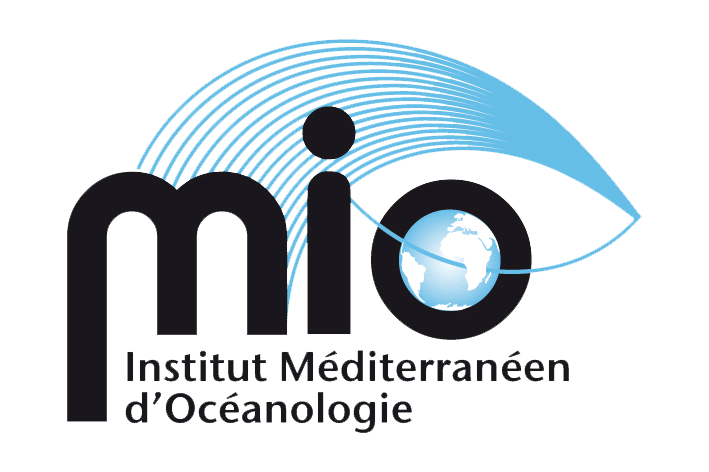Seaweed is an essential ecosystem in the seas and oceans. For several hundred years, ecologists have been fascinated by them, collecting herbarium plates. Today, the Institut Méditerranéen d'Océanologie (MIO) based in Marseille houses more than 40,000 of these plates, unique witnesses to past marine life.
In July 2017, MIO scientists left the Mediterranean and set off on the ship L'Antea in search of the "new Sargasso Sea" in the West Indies. While the Sargasso Sea, well known to sailors since the 15th century, is located in the heart of the North Atlantic, a new 'sea' of brown algae has been developing for several years in the Caribbean Sea. The aim of the expedition was to take samples in order to understand the origin of the sargassum, the reasons for its proliferation and its impact on the pelagic ecosystem. Over the course of a month, the researchers took more than 300 samples of this floating algae.
Once out of the water, the algae are dried. This stage is crucial," explains Thierry Thibaut, phycologist and marine ecologist at Aix-Marseille University. If the seaweed is still damp, it can go mouldy and cannot be preserved. On board the Antea, we took a long time to dry them because of the damp climate. We hung them up all over the boat so that we could move on to the next stage of preservation.
The scientists then place each specimen on cardboard, covered with a cloth and newspaper, and press them together. No further treatment is necessary: the salt preserves the samples. "The algae take up very little space. By protecting them from the sun, they can be preserved for several hundred years," continues the specialist. Many analyses will be carried out directly on the herbarium plates, but if a researcher so wishes, he or she can immerse the specimen in seawater and the algae will return to its original form. After drying again, it will return to its place in the collection".
On their return to Marseille, the specimens were added to the MIO archives. Some of these seaweed plates have been collected since the early 19th century all over the world and were kept on the Saint-Charles site of Aix-Marseille University. They were brought together in the early 1960s at the MIO, which now has the third-largest collection in France and has become a reference centre for the study of algae in Europe and the Mediterranean.
Preserving such samples allows researchers to compare them with current specimens and, if necessary, identify new varieties or species. Phycologists can also reconstruct the global distribution of species century by century - the first algae collected and preserved at the Museum of Natural History in Paris date back to 1719 - and thus the impact of climate change on these marine forests. In this way, the scientists have highlighted a major decline in seaweed populations linked to the growing increase in human disturbance of the seas and oceans.
Many European and Mediterranean scientists regularly come to consult the herbarium plates. The identification of species through biomolecular analysis requires DNA extractions from old specimens. In this way, researchers can reconstruct the phylogenetic trees of these species, including both old and recently sampled specimens.
But algae, which are veritable ecosystems, are also home to many animals. At the MIO, researchers are using their archives to understand the interactions between marine forests and the living creatures that inhabit them. As spawning grounds, nurseries and refuges, they play a wide range of roles that are essential to the proper functioning of the seas and oceans.




